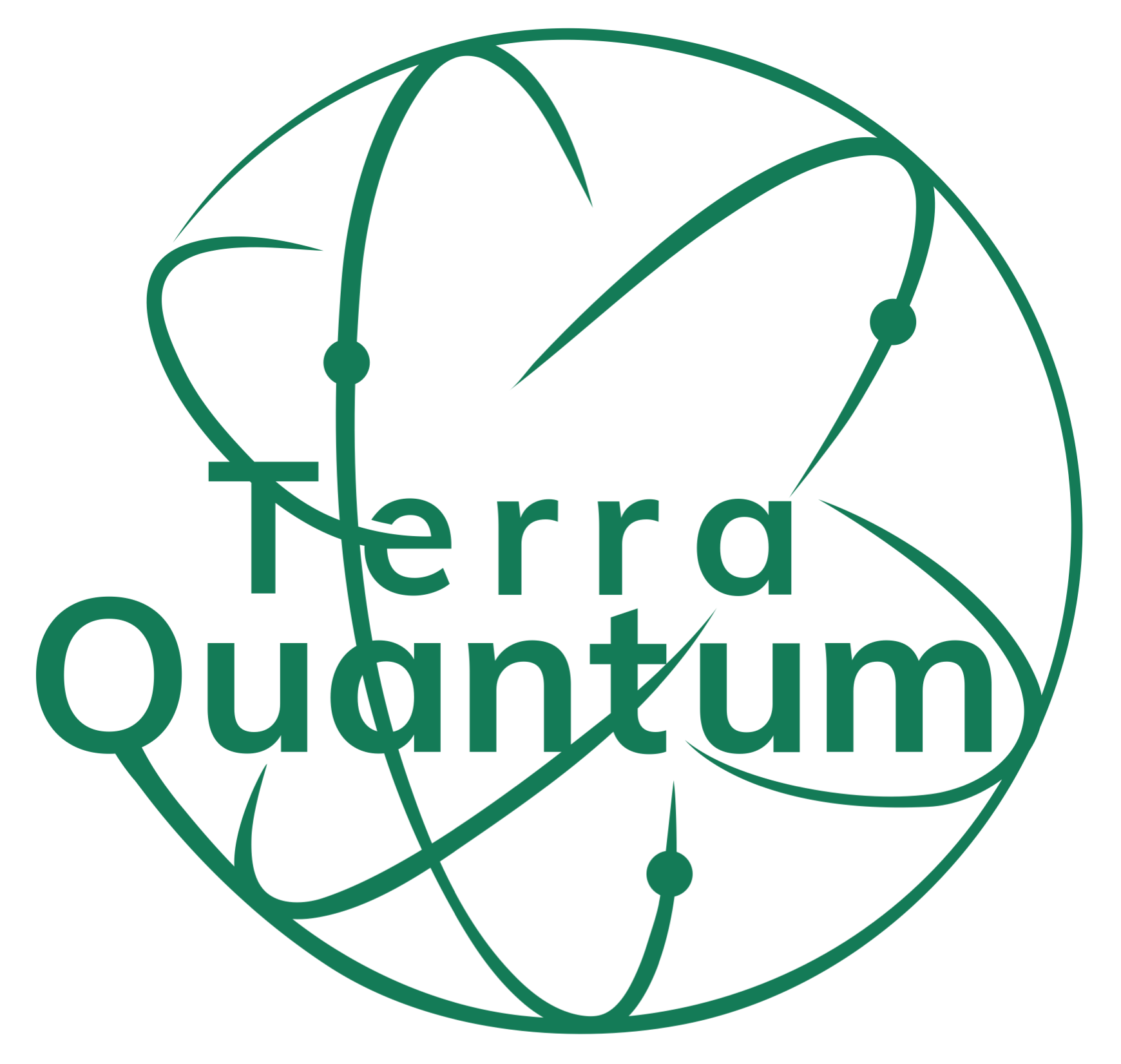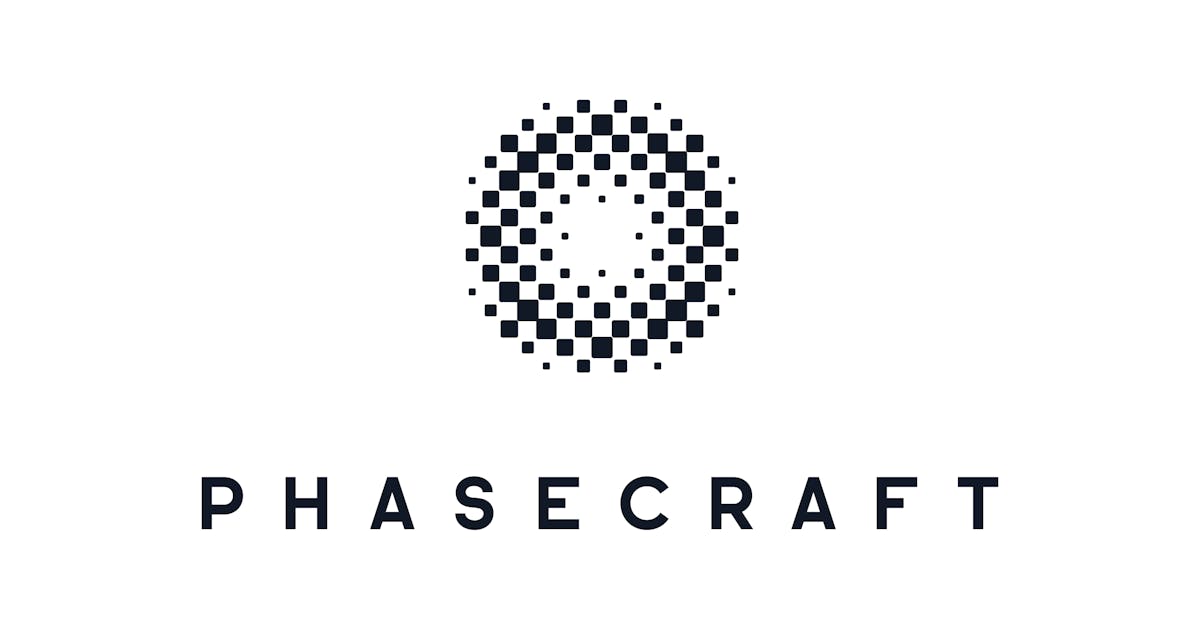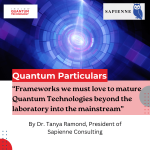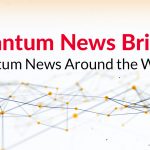Quantum News Briefs: January 25, 2024: Terra Quantum scientists’ publication reveals superconductivity in graphite at room temperatures; Rescale & IonQ Launch Partnership to Accelerate Innovation through Hybrid Quantum Computing; Los Alamos National Laboratory (LANL) Spearheads Innovative Research in Quantum Optoelectronics; and MORE!

Quantum News Briefs: January 25, 2024:
Terra Quantum scientists’ publication reveals superconductivity in graphite at room temperatures

In a discovery, Terra Quantum, a leading quantum technology company, has achieved the first-ever observation of room-temperature superconductivity, as reported in the Advanced Quantum Technologies journal. This remarkable achievement was led by Prof. Valerii Vinokur of Terra Quantum, Prof. Yakov Kopelevich, and a collaborative team from Universidade Estadual de Campinas, University of Perugia, and SwissScientific Technologies. The team utilized pyrolytic graphite, cleaved into thin sheets with scotch tape, which displayed a unique wrinkled structure enabling superconducting currents to flow. This discovery, which surpasses the previous limitations of superconductivity thought to be capped around 20 K, could revolutionize numerous industries with its potential applications. From nearly lossless power grids to advanced healthcare diagnostics, high-speed transportation, and a new era in electronics and quantum computing, the implications of room-temperature superconductivity are vast and transformative. This achievement builds upon a century of scientific progress since the first observation of superconductivity in mercury by Heike Kamerlingh Onnes in 1911.
Rescale & IonQ Launch Partnership to Accelerate Innovation through Hybrid Quantum Computing
![]()
Following the 2024 Annual Meeting of the World Economic Forum in Davos, Rescale and IonQ announced a significant partnership, merging the power of cloud-based high-performance computing (HPC) with advanced quantum computing. This collaboration is set to revolutionize various sectors, including healthcare, life sciences, financial services, materials research, and national security. Rescale brings to the table its expertise in cloud-accelerated computing and a vast array of R&D applications. At the same time, IonQ contributes with its state-of-the-art quantum computers like the 29-qubit IonQ Forte. This partnership aims to develop hybrid solutions that combine classical and quantum computing, leveraging the strengths of both technologies. The collaboration promises to accelerate R&D, particularly in engineering and life sciences, by harnessing AI-driven computational workflows and the transformative potential of quantum mechanics. This unique ecosystem is expected to drive significant advancements in solving complex, intractable problems and unlocking new possibilities across various industries.
Los Alamos National Laboratory (LANL) Spearheads Innovative Research in Quantum Optoelectronics
![]()
A new study recently published in Nature Communications reveals that a research team, including scientists from Los Alamos National Laboratory, has successfully transformed hafnium pentatelluride (HfTe5) into a strong topological insulator using a novel strain engineering approach. This method, which involves applying mechanical force to the material at cryogenic temperatures, significantly increases its bulk electrical resistance while reducing it at the surface. These properties are crucial for leveraging the quantum potential of HfTe5. This discovery is a significant step in developing innovative quantum devices, such as quantum optoelectronic devices, dark matter detectors, and quantum computers. The research team’s method is also compatible with other quantum materials, opening up new possibilities for studying topological phase transitions in van der Waals materials and heterostructures. Future experiments at Los Alamos’ National High Magnetic Field Laboratory will further explore HfTe5’s properties under high magnetic fields, potentially uncovering new quantum anomalies and advancing our understanding of exotic physics.
New quantum algorithm could simulate industry-changing materials

UK startup Phasecraft has made a significant stride in the field of quantum computing by developing an algorithm that significantly narrows the gap to realizing the full potential of quantum computers in material science. This advancement could revolutionize industries such as energy, manufacturing, and medicine by enabling the discovery of new materials and their properties. Although quantum computers have yet to reach the scale and stability required for independent operations in these areas, Phasecraft’s algorithm facilitates the collaboration between quantum and classical computers. The algorithm optimizes classical mapping alongside quantum simulation, making material simulations feasible on near-term quantum computers. This breakthrough, detailed in Nature Communications and accompanied by the launch of a Materials Modeling Quantum Complexity Database covering 43 materials, represents a major step toward using quantum computing for modeling and designing novel materials. Phasecraft’s research, supported by Innovate UK, the National Quantum Computing Centre, and the Science and Technology Facilities Council’s Scientific Computing Department, highlights the startup’s commitment to bridging the gap between quantum computing theory and practical application since its founding in 2019.
In Other News: Defensescoop article: “Nominee for Pentagon’s new S&T post commits to prioritizing hypersonics, quantum tech”
President Joe Biden’s nominee for the newly created position of assistant secretary of defense for science and technology, Aprille Ericsson, emphasized the development of hypersonic weapons and quantum computing as her top priorities during her confirmation hearing before the Senate Armed Services Committee, a recent Defensescoop article states. Ericsson, an aerospace engineer with over three decades of experience at NASA, pledged to enhance the Pentagon’s partnerships with small businesses to integrate new capabilities into military services more effectively. If confirmed, she will oversee critical technology areas, including advanced materials, quantum, biotechnology, and 5G/FutureG, aligning her portfolio with the National Defense Strategy. Ericsson aims to leverage her NASA experience in fostering technological advances, particularly in hypersonics and quantum technologies, while addressing the challenges in scaling quantum tech and bridging the gap between research and practical deployment, known as the “valley of death.” This role is part of a broader effort to maintain the U.S.’s technological edge, as outlined by Undersecretary of Defense for Research and Engineering Heidi Shyu.
In Other News: InvestorPlace article: “3 Quantum Computing Stocks to Buy and Hold Forever: January 2024”
![]()
Investors looking to capitalize on the burgeoning field of quantum computing should consider stocks like IBM (IBM), Nvidia (NVDA), and D-Wave Quantum (QBTS), as highlighted in a recent InvestorPlace article. Despite being underrated by Wall Street, IBM has a long history of innovation in artificial intelligence, machine learning, and enterprise cybersecurity and is now pushing boundaries in quantum computing technologies. Nvidia, known for its advanced graphics processing units powering AI applications, is also making significant strides in quantum computing. The company has seen impressive stock growth and is considered a strong buy by analysts, with a forecasted price target indicating potential growth. D-Wave Quantum, positioned as a pure-play in the quantum computing sector, claims to be the first company to sell computers utilizing quantum effects. D-Wave has collaborated with prestigious entities like Lockheed Martin and the University of Southern California, and despite being a penny stock, it represents a speculative opportunity with a unanimous strong buy rating from analysts. These companies exemplify the potential for significant advancements and financial gains in the realm of quantum computing.
Kenna Hughes-Castleberry is the Managing Editor at Inside Quantum Technology and the Science Communicator at JILA (a partnership between the University of Colorado Boulder and NIST). Her writing beats include deep tech, quantum computing, and AI. Her work has been featured in Scientific American, Discover Magazine, New Scientist, Ars Technica, and more.



















